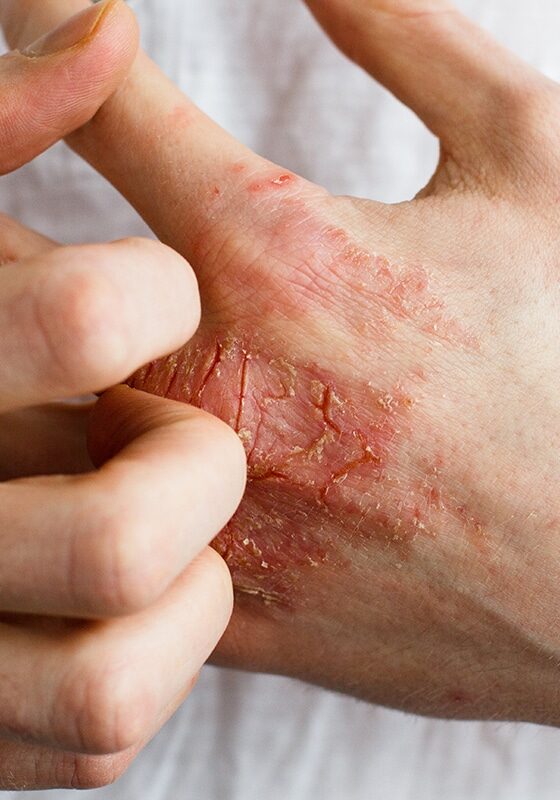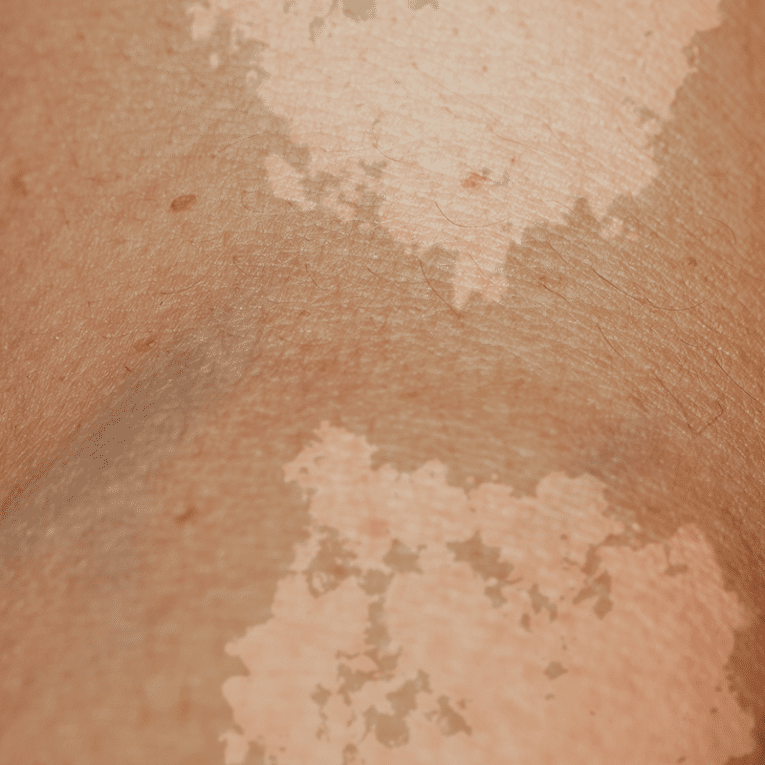Eczema treatment in Lehi, Utah
Types of Eczema
Atopic Dermatitis (Eczema)
Nummuar Dermatitis
- Appearance: Round, coin-shaped red patches, often itchy, sometimes dry and scaly.
- Cause: Unknown, possibly related to stress, allergies, or dry skin.
- Location: Typically legs, arms, torso, but can appear anywhere.
- Trigger: Often triggered by dry weather, harsh soaps, or friction.
- Onset: Typically in adulthood, can appear gradually, over days or weeks.
- Duration: Can last for weeks or months without treatment.
- Treatment: Moisturizers, topical corticosteroids and other topical anti-inflammatories, anti-itching medications.
Contact Dermatitis
Stasis Dermatitis
- Appearance: Discolored, hyperpigmented, thickened skin on the lower legs, often with redness, itching, and scaling.
- Cause: Poor circulation, often due to varicose veins or chronic venous insufficiency.
- Location: Primarily ankles and lower legs.
- Trigger: Standing or sitting for long periods, tight clothing.
- Onset: Gradual, developing over months to years
- Duration: Can be chronic if the underlying cause is not addressed.
- Treatment: Compression stockings, elevation of legs, topical corticosteroids, emollients, addressing underlying venous insufficiency.
Other types of “dermatitis” found elsewhere on our website:
How to prevent Eczema flair-ups
Avoiding Skin Irritants
Understanding Food Sensitivities
Regularly Applying Emollients
Elevation & Compression

Treatment Options
Topical Treatments
Systemic Treatments
By understanding the different types of dermatitis, identifying triggers, and diligently implementing general measures and treatment plans, individuals can effectively manage these conditions and achieve healthier, happier skin.
Dermatitis FAQ
Is eczema contagious?
No, eczema is not contagious. It is a chronic skin condition that affects the immune system, causing it to overreact to irritants or allergens. It cannot be spread from one person to another.




